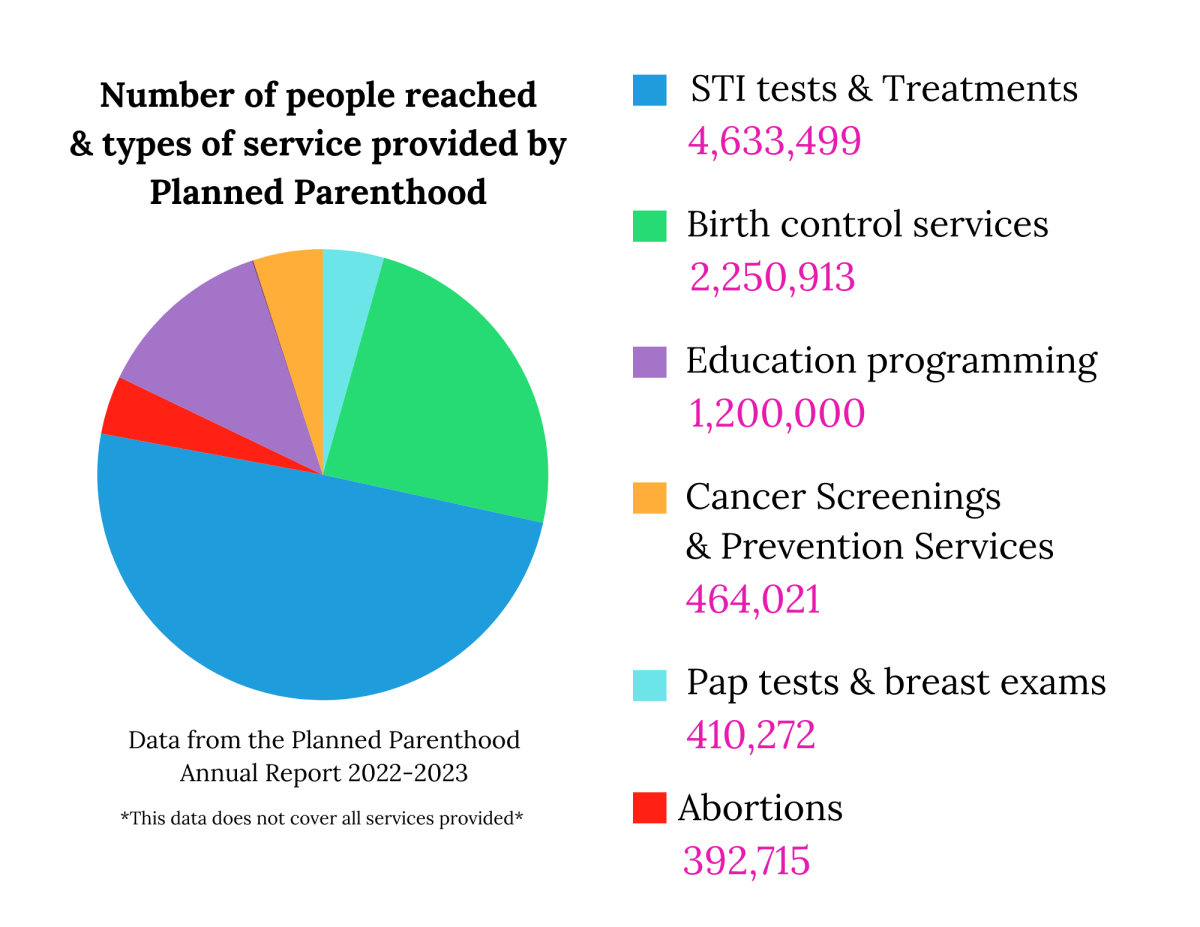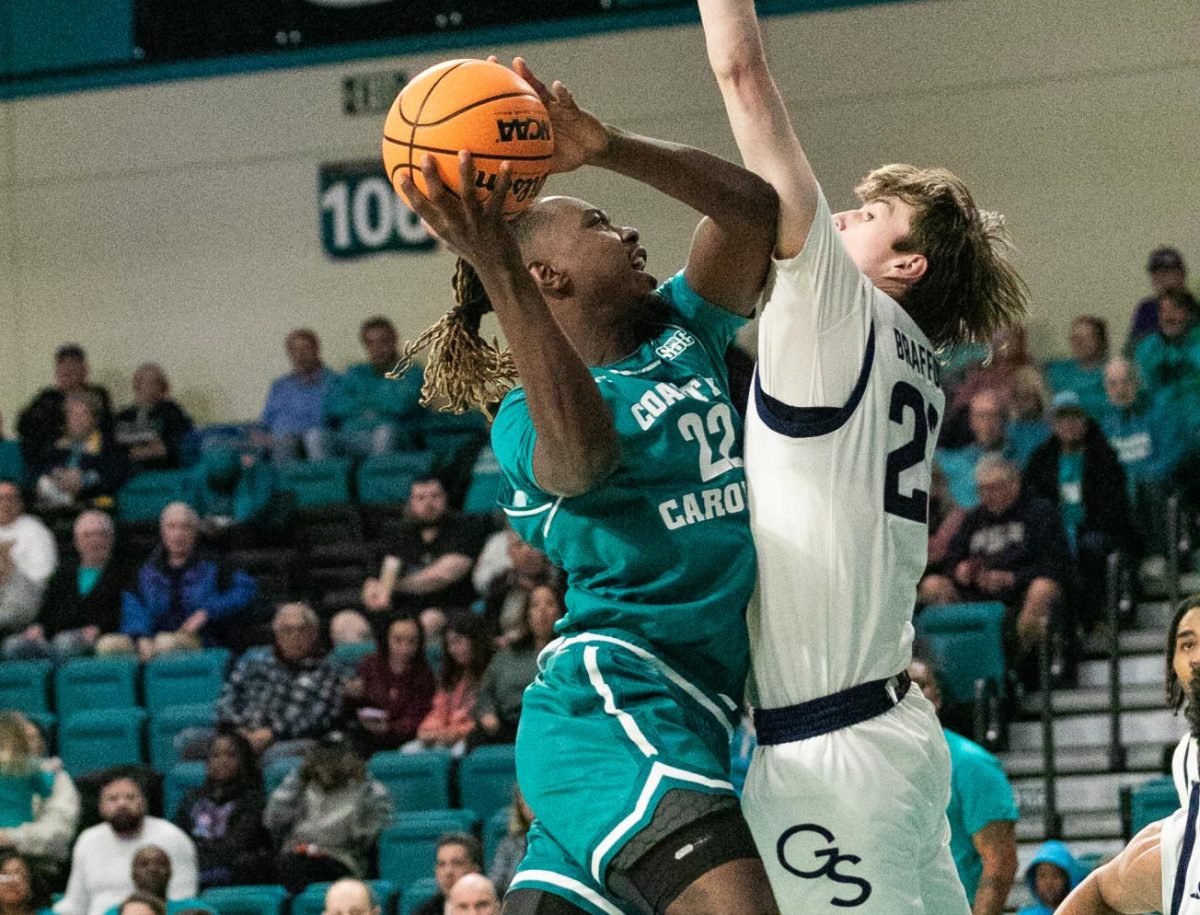I like my odds
The beauty of March Madness lies in its intricate numbers.
March Madness is one of the biggest sporting events in the U.S. featuring a single elimination tournament of 68 college basketball teams.
From round 64 to the championship game, the tournament takes place over three weekends in March and April, with games played across the country. Teams spend their whole season fighting for a chance to punch their ticket at the “big dance.” With national championship hopes on the line, this time of year is when basketball fans are
most competitive.
It all starts in the seeding where teams are organized from 1-16 into several regions, dictating matchups if said team was to advance.
Historically, the tournament has its stories of underdogs defying the odds. It seems every year there’s at least one team who shocks the nation, making strong runs for small market programs. In 2018, for the first time in 137 matchups, a No.16 University of Maryland, Baltimore County took down the heavily favorited No. 1 University of Virginia Cavaliers.
With unpredictable written all over it and erratic Cinderella stories, some may ask how it is possible to predict a bracket. The chance to do the impossible brings everyone up for the challenge, basketball fans or not. Roughly 60-100 million brackets are submitted every year, and nobody has ever gotten it perfectly right to this point.
This year within the first few hours of play, already 96% of brackets were busted. After the first round of games, less than 1% remained “perfect” at 1 to 9.22 quintillion odds.
Experts say with some basketball knowledge and insight on teams, odds increase to 1 in 120.2 billion. To put this number in perspective, there is a substantially greater chance of randomly selecting the same grain of sand twice or getting struck by lightning twice in the same week.
Despite being such an impossible feat, basketball fans still try over and over again every year. That is the “madness” behind March Madness.
































